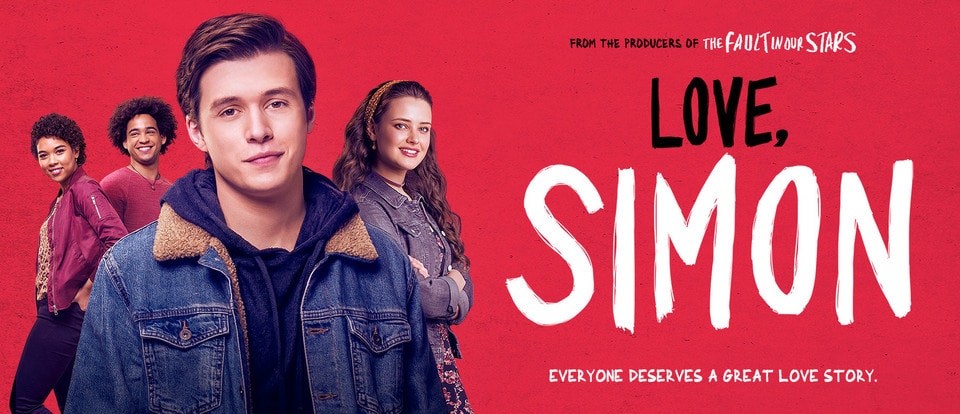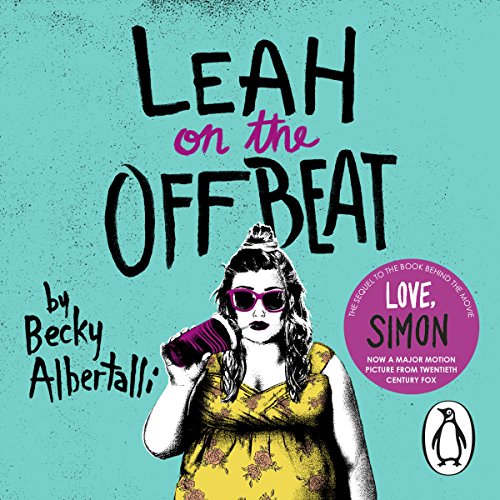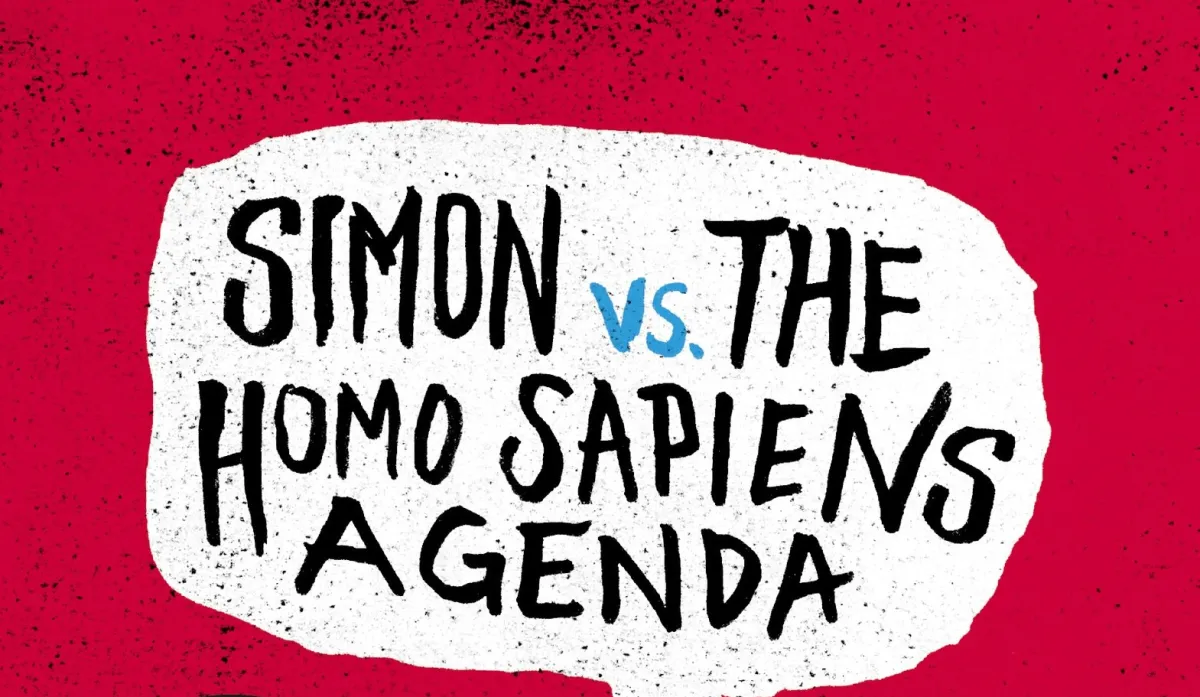Becky Albertalli has been a celebrated name in YA (Young Adult fiction) for years. From the moment her debut novel Simon vs. The Homo Sapiens Agenda was published in 2015, it was an instant sensation, ushering in a new era of LGBTQ+ representation that allowed many readers to see themselves centered in beautiful, well-dimensioned queer stories for the first time.
The blockbuster theatrical release of the movie adaptation, Love, Simon, in 2018 only cemented that momentum, being that it was the first gay teen film to be produced by a major film studio. Following that were Albertalli’s subsequent books Leah on the Offbeat and What If It’s Us (cowritten with Adam Silvera).
These stories filled a void that had been steeping within YA literature for a long time, and undoubtedly paved the way for new authors, new stories, and new perspectives to be told and celebrated within the community and industry alike. Because LGBTQ+ readers had long felt shut out of mainstream YA, and with the popularity of Simon, there finally came an opportunity for their voices to be heard and celebrated.
But with this success came scrutiny, leveled mainly at Albertalli’s perceived ability (and henceforth, permission) to write these particular narratives. You see, at face value, Becky Albertalli presented as a cishet white woman. Which, in the realm of LGBTQ+ representation, presented a potential for problematic and harmful behavior. Because not only was Albertalli writing queer stories—she was actively profiting off them, and existing as a major face of LGBTQ+ YA literature.
Does it matter who writes queer stories? Media outlets and audiences alike asked. Can cishet writers actually give authentic, mindfully written LGBTQ+ rep? Should we even allow them to?
Don’t be mistaken; these are all valid and incredibly important questions, but just as it’s important to be mindful of who’s writing or creating what, it’s even more crucial to understand the why, where the intention is coming from, and what deeper motive may actually be propelling it.

(Image: 20th Century Fox)
At the end of August, Becky Albertalli published an essay coming out as bi, a heartfelt, vulnerable, and poignant reflection of something that she herself did not fully recognize—or truly acknowledge—until she was nearly 37.
Many reasons could be given on why this is so, and entirely all of them are none of our business. Queer identity is a deeply complex and nuanced thing, multilayered and as equally shaped by personal insight as it is by privilege, race, and gender: that’s Intersectionality 101.
And for many, these intersectionalities can influence whether it is even safe to come out or publicly exist as a queer person. Whether embodying the fullness of one’s identity would be a danger rather than a freedom. Whether in the grand scheme of things, it would even be worth the risk.
So to read Becky Albertalli’s coming out essay, one cannot help but feel a mix of anger and guilt at the pressure that most likely drew her to this point. As she wrote in her piece, “I’ve been scrutinized, subtweeted, mocked, lectured, and invalidated just about every single day for years, and I’m exhausted. And if you think I’m the only closeted or semi-closeted queer author feeling this pressure, you haven’t been paying attention.”
Indeed, Albertalli’s name has become as equally synonymous with Twitter discourse as it is with queer stories. In the YA community specifically, many feel as if they have the authority to police others’ identities—and, therefore, the way those identities are manifested in the stories being written.
Sometimes, productive conversations have led to important initiatives: #OwnVoices, for example, has been an important vehicle for uplifting diverse stories written from the authentic experience/perspective of the authors. But in many other ways, the valid concern over the identity of an author writing a particular narrative has skewed into a toxic hyper-focus that’s led to more damage than good.
For writers of color, it’s sometimes led to feeling boxed in and bound to only write stories from the perspective of a PoC—which, for obvious reasons, is not conducive to true freedom of expression or equality within the fiction space. For queer writers, it’s led to a level of scrutiny that, if left unchecked, often leads into full-blown harassment. And for those who share both those identities … simply existing often feels like navigating a field of landmines.

(Image: HarperCollins/Balzer + Bray)
Albertalli faced a constant barrage of harassment in the YA community over her validity and ability to take up space in queer-centered stories. She was often centered in heated arguments that wrongfully painted her as an outsider wishing to co-opt experiences that weren’t hers to take. But the issue with this discourse is that it does not take into account the role that art plays in exploring and therefore discovering the very identities being questioned.
YA has made great strides in increasing diversity in its authors and its stories, but with this progress has come a large problem of hyper-policing identities without allowing room for empathy and nuance. As far as queer stories go, it’s not that cishet people haven’t been guilty of co-opting stories for selfish and problematic reasons, and well-intentioned and mindful critique is totally valid and, in my opinion, encouraged.
But there is a line where critique becomes invalidation or, worse, an attack.
And as Albertalli stated in her essay, she’s lucky to hold certain privileges that allow her to come out and exist safely as a queer woman, but it doesn’t mean that her exploration of this identity wasn’t incredibly difficult because of the discourse surrounding her.
And for other people who aren’t afforded the same privileges, existing in such a toxic environment could bode poorly for dangerous and detrimental consequences, such as being outed or driven to the point of self-harm, and having a space that was intended to be safe and inclusive tainted into something poisonous.
Art is beautiful in its ability to move people, and its ability to allow people to discover something new about themselves. Many creators unconsciously explore burgeoning identities through their art, whether it’s through painting, music, stories …
Or a book about a closeted teen being blackmailed into coming out.
As stated before, with every situation comes the possibility for nuance. While we should undoubtedly hold accountable those who may be potentially profiting off of marginalized identities disingenuously, we should also hold grace and the humility to understand that we may not, in fact, know the whole story.
Perhaps the beautiful queer coming-of-age story is someone’s first time putting to words the feelings they’ve felt stirring inside them for years, or perhaps it’s the catalyst towards realizing that there’s something deeper to the identity they’ve held since birth. Who’s to know? Self-discovery’s power lies in its ability to be deeply transformative and surprising.
But it’s not ours to police.
And it’s certainly not ours to demand until the person is well and ready to share it.
(featured image: Balzer + Bray)
Want more stories like this? Become a subscriber and support the site!
—The Mary Sue has a strict comment policy that forbids, but is not limited to, personal insults toward anyone, hate speech, and trolling.—









Published: Sep 18, 2020 11:50 am